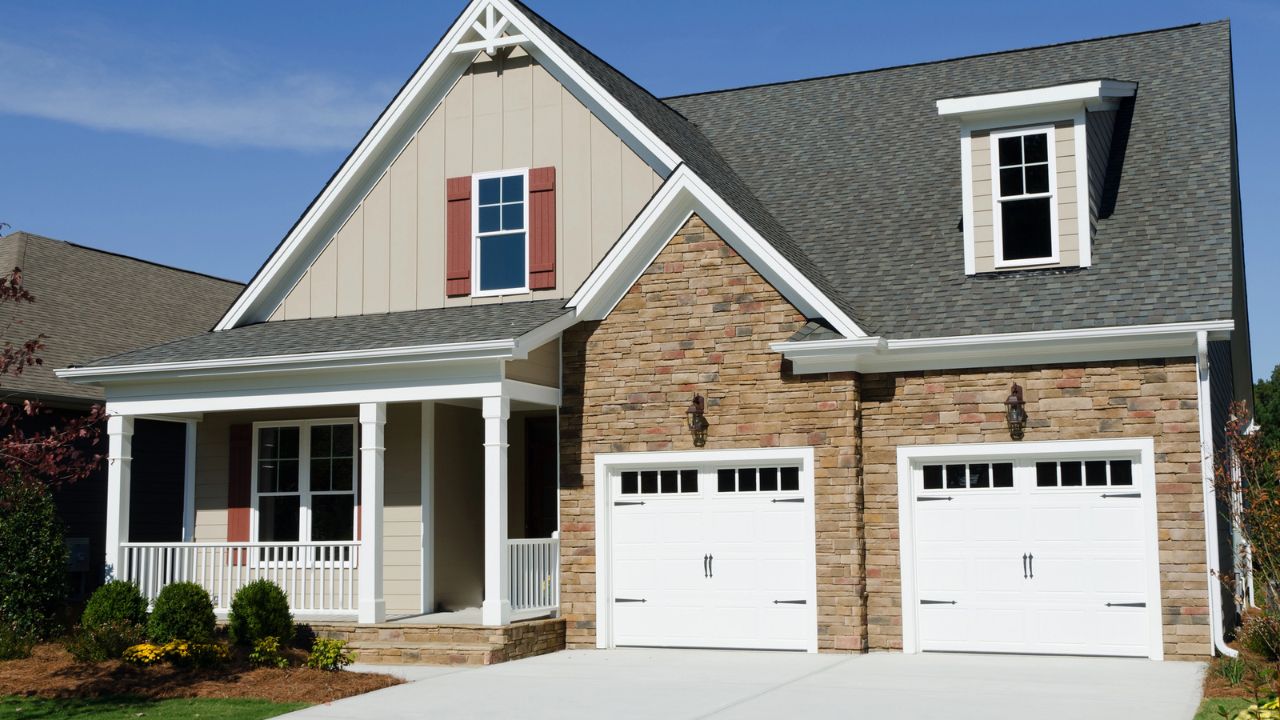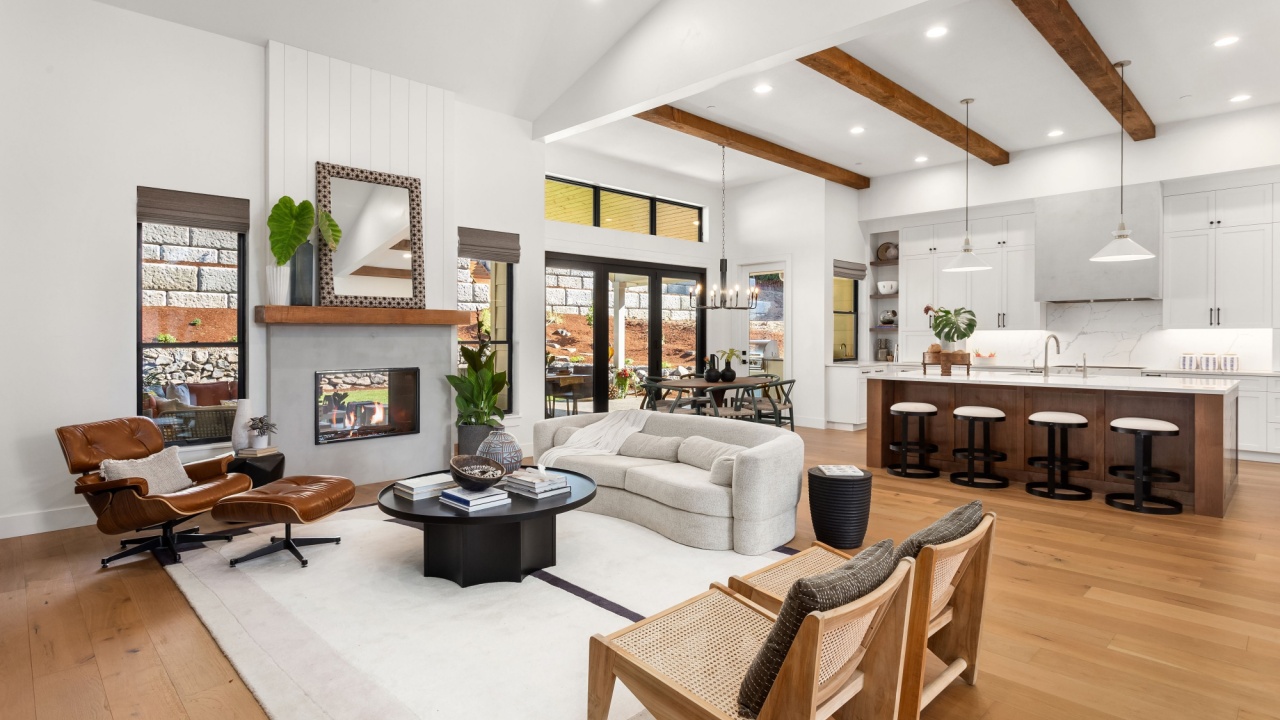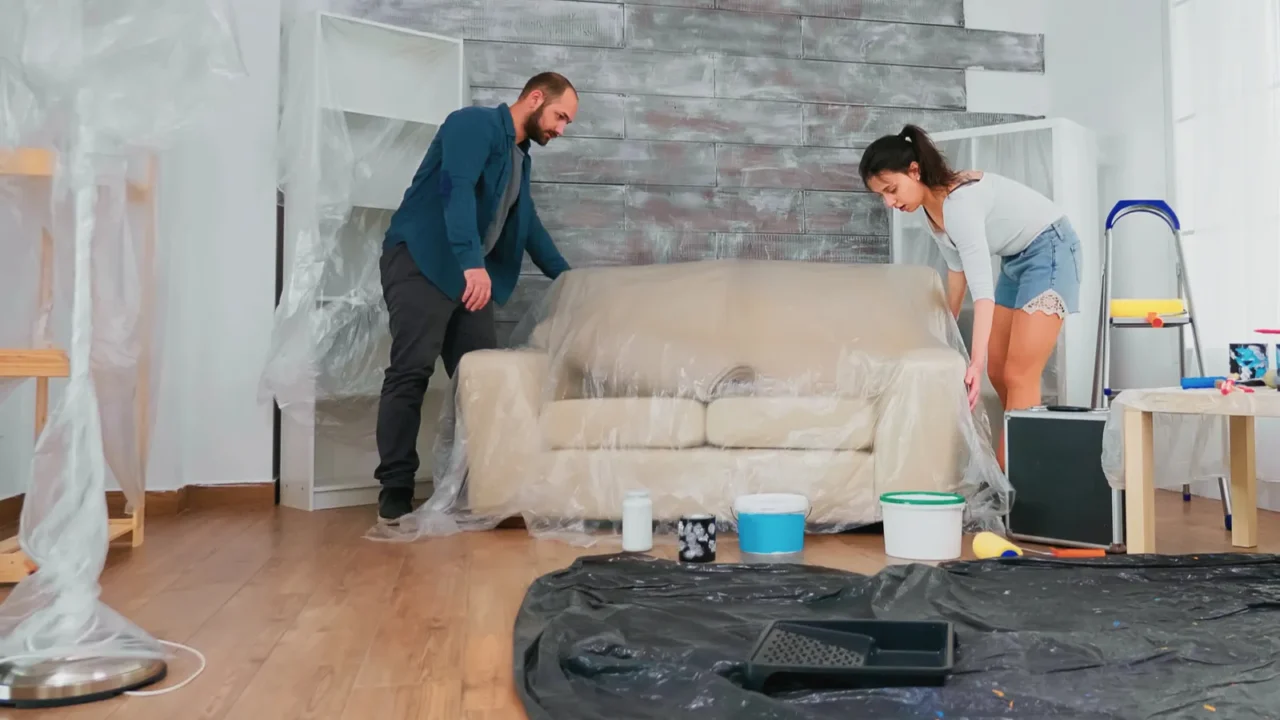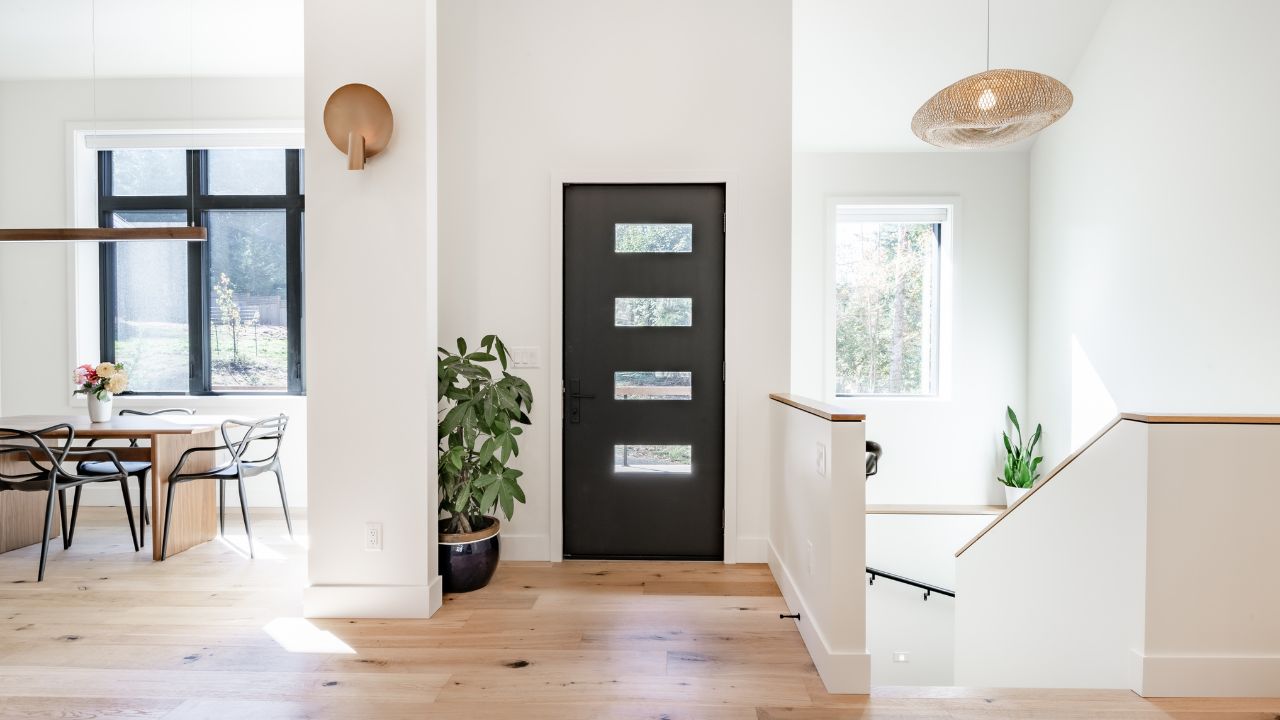
Fixer Upper’s Unhappy Clients
Fixer Upper has inspired many people to renovate their homes, but not all of Chip and Joanna Gaines’ clients had a smooth ride. In this article, we’ll explore key lessons learned from unhappy clients and provide practical advice on how to avoid their mistakes.
Whether you’re buying a fixer-upper or simply renovating your current home, these tips will help you navigate your project with confidence.

Real Estate Agents Have Limitations
While real estate agents can help you find properties, they’re restricted from answering questions about neighborhood safety, school quality, or noise levels. Buyers must do their own research.
Take time to visit potential neighborhoods at different times of day, talk to neighbors, and check municipal websites for details on crime rates and local services.

Location Is Crucial
“Location, location, location” remains a key factor in real estate.
Some Fixer Upper clients didn’t fully understand how their home’s location would impact their daily life. Proximity to work, public transportation, and even neighborhood noise can drastically affect your home’s value and your experience living there.
Spend extra time in potential neighborhoods to assess noise, traffic, and amenities. Don’t just rely on online descriptions; get a feel for the area by walking around and talking to locals.

Do Thorough Due Diligence
Ken and Kelly Downs, featured in Season 3, fell in love with a fixer-upper but overlooked critical structural issues, such as foundation problems and plumbing issues.
Despite Chip and Joanna’s expertise, they later faced issues like noisy neighbors and even a drunk driver crashing into their house.
Practical Tip: Always schedule a comprehensive home inspection with a qualified inspector before making any purchase. Consider a pre-renovation checklist to ensure you’ve covered all bases, like:
- Do you know the neighborhood’s crime rates and amenities?
- Have you scheduled a professional home inspection?

Budget Management and Unexpected Costs
A common complaint from Fixer Upper clients was the unexpected costs that arose during renovations. Issues like hidden water damage or outdated electrical systems often led to budget overruns.
Always plan for the unexpected by setting aside a 10-20% contingency in your budget. For example, if your renovation costs $50,000, set aside an additional $5,000 to $10,000 for unforeseen issues.

Repetitive Design and Loss of Original Character
Some Fixer Upper clients felt that their homes lost their unique character due to the show’s signature style, which can feel repetitive, such as open floor plans, white-painted brick, and farmhouse-inspired elements.
Ensure your design reflects your personal style and respects your home’s original character. Consider creating a mood board to gather ideas and keep your vision clear.

Set Realistic Expectations and Timelines
Renovations often take longer and cost more than expected. The Marrs family from Fixer to Fabulous faced legal issues due to unfinished work, highlighting the importance of managing timelines and expectations.
Create a renovation timeline template to break down each phase of your project, adding extra time for permits, weather delays, or contractor availability. Include milestones and deadlines to track progress.

Hire Reputable Contractors
Hiring unqualified contractors can lead to poor workmanship, missed deadlines, and unexpected expenses. To avoid costly mistakes, always choose licensed and reputable professionals.
Request multiple quotes for comparison, ask for references, and verify their credentials. Make sure your contractor has proper insurance. Lastly, set aside a 10–20% contingency fund for surprise repairs or hidden issues.

Don’t Skip the Design Process
Sometimes, clients felt their homes didn’t match their personal style because they weren’t fully involved in the design process.
Always stay involved! Make sure your design aligns with your vision. Consider taking part in design workshops or using online tools like Pinterest to create a mood board before starting.

Post-Renovation Adjustments
After renovations, some Fixer Upper clients found that they needed to make adjustments to the design or layout. Whether it was tweaking the lighting or rearranging furniture, post-renovation changes are inevitable.
Plan for small adjustments after the renovation is complete. Think of this as an opportunity to personalize your space and ensure it works best for your lifestyle.

Managing the Stress of Renovation
Living through a renovation can be stressful, as many Fixer Upper clients experienced the chaos of construction zones. The constant noise, dust, and disruption can make it feel like the process will never end.
Consider temporary living arrangements or set up a comfortable, functional space to minimize the impact of the renovation on your daily life. It can also help to designate a quiet area where you can retreat during the most disruptive phases of the project.

Expectations vs. Reality of Show-Based Renovations
TV shows often make renovations look seamless, but in reality, they can be more complex and take longer than expected. The polished, edited results shown on TV are often far from the truth of the process.
Keep expectations in check. Understand that what looks perfect on TV may not be possible in real life. Set realistic goals and timelines for your own project.

Don’t Let TV Magic Cloud Your Judgment
Renovation shows can be exciting, but they often simplify the reality of home projects. What’s depicted on TV is typically a condensed version of the actual process, leaving out many crucial details.
Stay grounded and make thoughtful decisions. Use TV shows for inspiration, but don’t expect your renovation to go as smoothly as it appears on screen. Acknowledge the challenges that come with real-life renovations and prepare accordingly.

How to Avoid Regret After Your Renovation
Some clients regretted not being more involved or informed during the renovation process. Lack of engagement can sometimes lead to dissatisfaction with the final result.
Stay engaged throughout the project. Do your research and ask questions to ensure that your choices align with your long-term goals. Keep a clear vision of what you want and communicate it to your renovation team, ensuring no missteps along the way.

Communicate Clearly with Your Renovation Team
Miscommunication can lead to frustration. Several Fixer Upper clients experienced dissatisfaction due to unclear expectations or changes that weren’t communicated properly.
Keep open communication with your renovation team. Have regular check-ins, and ensure everyone is on the same page. Use a project tracker tool to monitor progress and flag any issues early.
Want to make teamwork feel easy? Check out this guide to teaming up with contractors and designers the right way.

Impact of Design Choices on Home Value
While trendy design elements can be appealing, they may not add long-term value to your home. Some Fixer Upper clients realized that their designs, while beautiful, didn’t suit their future home-selling goals.
Invest in timeless features that improve both aesthetics and home value. Avoid overly niche trends, and consider how the design choices will affect your home’s resale potential. Want to get the most bang for your buck? Check out the top home renovations with the best ROI.
We’d love to hear about your own renovation experiences! What lessons have you learned from your home projects? Drop your thoughts and tips in the comments below.
Read More From This Brand:
- What $50k Renovation Gets You Across the Country
- Renovation Hacks I Learned for a Beautiful Home
- Top Trends in Home Renovation That Add Real Value
Don’t forget to follow us for more exclusive content right here on MSN.
This article was made with AI assistance and human editing.